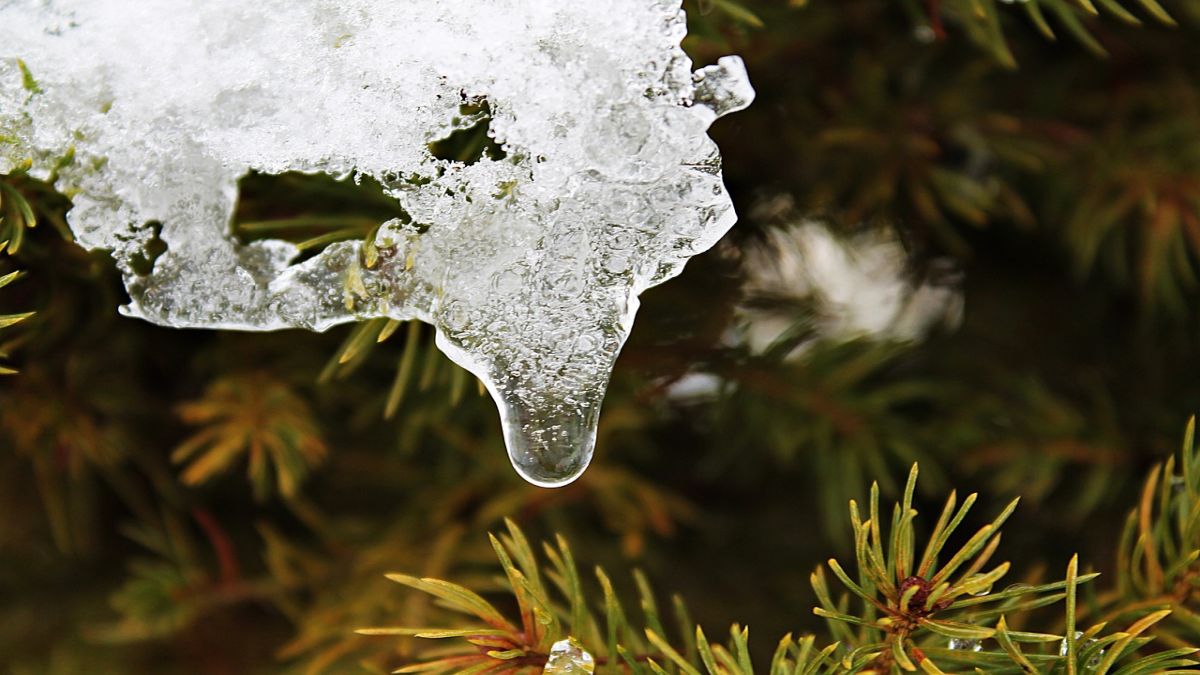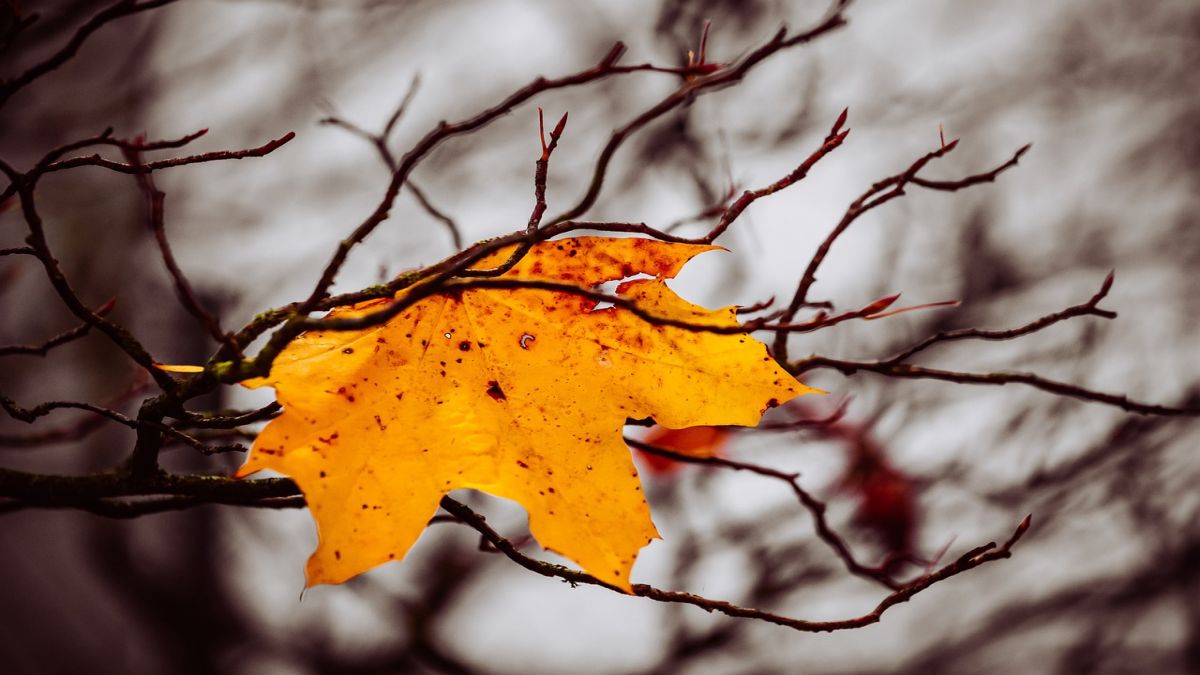Advertisement
As the last leaves drift down and the chill sets in, it's tempting to pack up the gardening gloves and call it a season. But hold on to your trowels, because winter is no time to hibernate!
It's like Mother Nature's way of saying, "Hey, let's get ready for the next big show!" Whether you're a seasoned pro or just dipping your toes in the soil, these essential winter gardening tips are your ticket to a garden that thrives even when the world outside is frozen solid.
So, grab a cup of cocoa, cozy up, and let's dive into the magic of winter gardening!
Planning and Preparation
Before the first snowfall, take the time to plan and prepare your garden for the winter season. Start by assessing your garden's needs and creating a plan for the upcoming year.
Consider which plants performed well in the previous season and which ones may need to be replaced or relocated. Use this time to research new plant varieties and design ideas that will enhance your garden's beauty and functionality.
Next, prepare your garden beds by removing any dead or diseased plant material, weeds, and debris. This will help prevent the spread of pests and diseases and create a clean canvas for spring planting.
Consider adding a layer of mulch around your plants to protect their roots from the cold and retain moisture in the soil. Avoid using salt-based de-icers near your garden, as they can damage plants and soil.

Protecting Plants
One of the most important aspects of winter gardening is protecting your plants from the harsh elements.
Start by wrapping or covering tender plants with burlap, frost cloth, or cardboard boxes to shield them from wind, frost, and snow. Be sure to remove any coverings during the day to allow for sunlight and air circulation.
For potted plants, move them to a sheltered location such as a garage or shed, or bury them in the ground with their pots to insulate their roots.
If you have a greenhouse or cold frame, use it to extend the growing season and protect delicate plants from the cold.
Caring for Trees and Shrubs
Proper care for trees and shrubs is essential during the winter months. Start by pruning any dead, damaged, or diseased branches to prevent the spread of disease and encourage healthy growth in the spring.
Be sure to use clean, sharp pruning tools and make clean cuts just above an outward-facing bud or branch.
If you have young or newly planted trees, consider wrapping their trunks with tree wrap or burlap to protect them from frost cracks, sunscald, and rodent damage.
Spread a layer of mulch around the base of the tree, being careful not to let it touch the trunk.

Maintaining Lawns and Pathways
While your lawn may be dormant during the winter, it's still important to maintain it to prevent damage and ensure a healthy start in the spring.
Advertisement
Start by removing any fallen leaves, twigs, or debris from the lawn to prevent matting and suffocation of the grass.
If you have areas of your lawn that are prone to ice buildup or heavy foot traffic, consider applying a layer of sand or cat litter to provide traction and prevent compaction. Avoid walking on frozen lawns, as this can cause damage to the grass.
Keep your pathways and driveways clear of snow and ice to prevent slips and falls.
Use a shovel or snow blower to remove snow, and apply a de-icer or sand to provide traction. Be sure to choose a pet-friendly de-icer if you have furry friends who frequent your garden.
Feeding and Watering
While plants may be dormant during the winter, they still require water and nutrients to survive. Be sure to water your plants during dry spells, especially if the ground is not frozen.
Focus on watering the root zone of plants, and avoid getting water on the foliage, which can lead to disease.
If you have evergreen plants or trees, consider applying an anti-desiccant spray to help prevent moisture loss from the leaves. This is especially important for plants that are exposed to wind or sun during the winter months.
Fertilize your plants in late winter or early spring, using a slow-release or organic fertilizer to provide a steady supply of nutrients as the growing season begins.
Be sure to follow the instructions on the fertilizer package and apply it according to the recommended rate for your specific plants.

Enjoying the Off-Season
While winter gardening may seem like a lot of work, it's also an opportunity to enjoy the serenity and beauty of the off-season.
Take a walk through your garden on a crisp winter day and appreciate the stark beauty of bare branches and the muted colors of winter foliage.
Consider adding some winter interest to your garden with evergreen shrubs, colorful bark, or berries that attract birds.
Plant a few winter-blooming plants like hellebores or witch hazels to add a pop of color to your garden during the colder months.
Use this time to plan for the upcoming growing season. Sketch out your garden design, research new plant varieties, and order seeds and bulbs for spring planting.
Attend a gardening workshop or take a class to learn new techniques and expand your knowledge.
Wrapping Up!
In conclusion, winter gardening is all about embracing the serenity of the off-season and preparing your garden for the year ahead.
By following these essential gardening tips for winter, you can maintain a healthy and thriving garden while enjoying the beauty and tranquility of the colder months.
Remember to plan and prepare, protect your plants, care for your trees and shrubs, maintain your lawn and pathways, and feed and water your plants as needed.
Most importantly, take the time to enjoy the beauty of your garden in its winter splendor.
Advertisement





